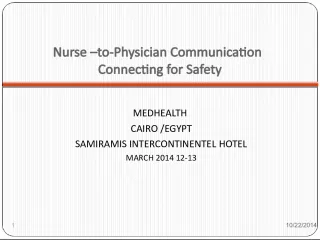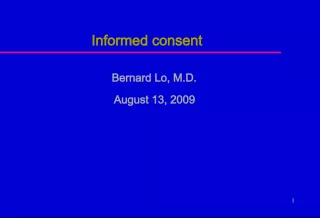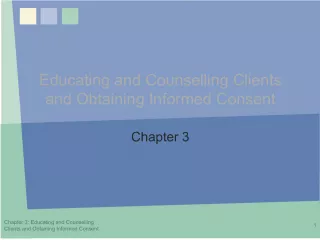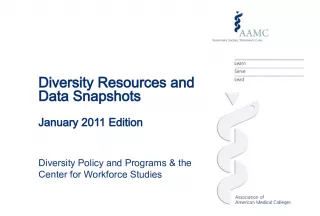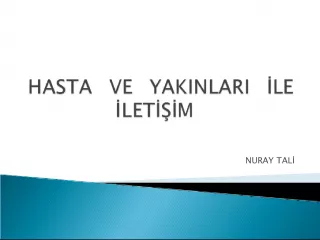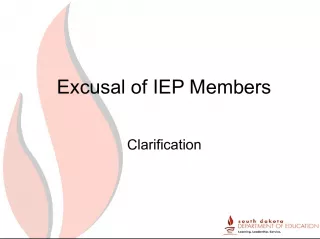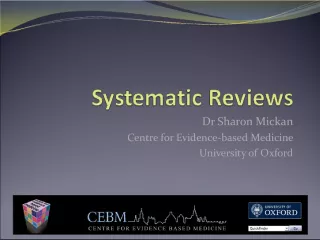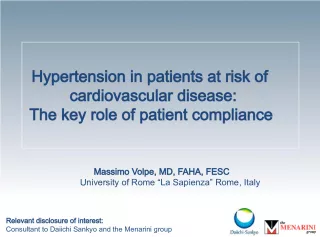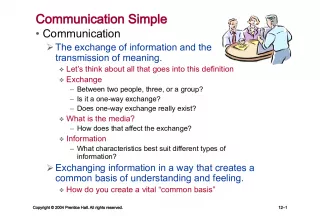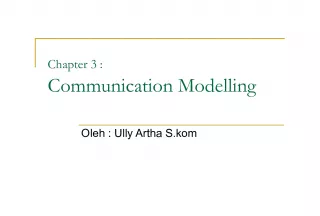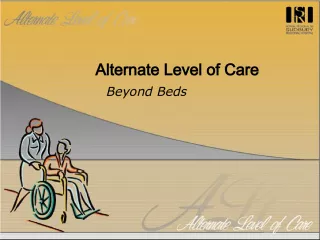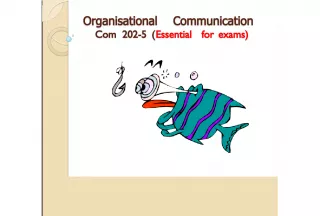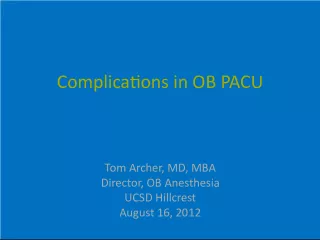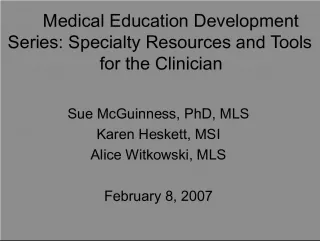The Challenges of Informed Consent in Patient-Physician Communication
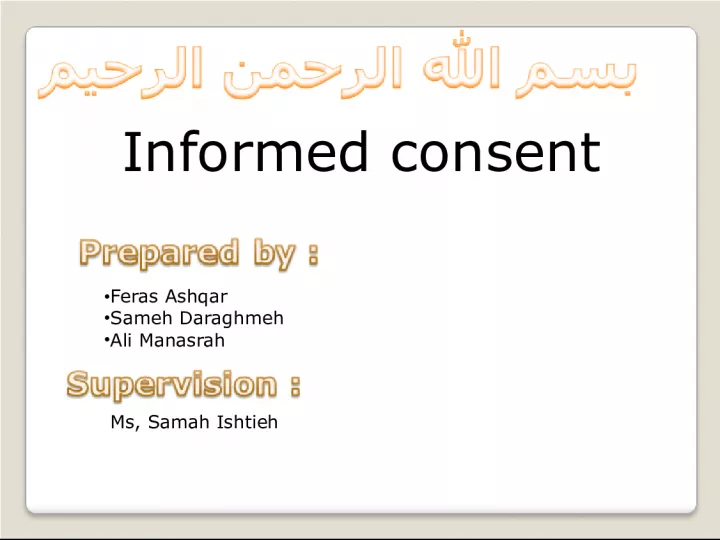

Informed consent is a critical decision-making process between patients and physicians, but there are significant challenges to documenting and ensuring that patients understand their treatment options. This article explores the difficulties in reaching informed consent agreements and the ethical implications of incomplete documentation.
- Uploaded on | 0 Views
-
 reganwolf
reganwolf
About The Challenges of Informed Consent in Patient-Physician Communication
PowerPoint presentation about 'The Challenges of Informed Consent in Patient-Physician Communication'. This presentation describes the topic on Informed consent is a critical decision-making process between patients and physicians, but there are significant challenges to documenting and ensuring that patients understand their treatment options. This article explores the difficulties in reaching informed consent agreements and the ethical implications of incomplete documentation.. The key topics included in this slideshow are Informed consent, patient-physician communication, legal implications, ethical considerations, documentation challenges,. Download this presentation absolutely free.
Presentation Transcript
1. Informed consent Feras Ashqar Sameh Daraghmeh Ali Manasrah Ms, Samah Ishtieh
2. Defenition : - Informed consent is the communication process between a patient and physician that ultimately results in the patients agreement to undergo a treatment or procedure. In spite of the significant legal and ethical implications associated with this critical decision-making process, the means for reaching these far- reaching discussions is often beset by challenges. Although physicians, in general, do an excellent job with explaining planned procedures to patients, the documentation associated with those conversations is often severely lacking. Patients typically receive either a generic consent-to-treat document or a fill-in-the-blank document.
3. Defining consent For consent to be valid, it must be voluntary and informed, and the person consenting must have the capacity to make the decision. These terms are explained below: Voluntary : the decision to consent or not consent to treatment must be made alone, and must not be due to pressure by medical staff, friends or family. Informed : the person must be given full information about what the treatment involves, including the benefits and risks, whether there are reasonable alternative treatments, and what will happen if treatment does not go ahead. Healthcare professionals should not withhold information just because it may upset or unnerve the person .
4. If the person has enough capacity and makes a voluntary and informed decision to refuse a particular treatment, their decision must be respected. This is still true even if their decision would result in their death, or the death of their unborn child. Capacity : the person must be capable of giving consent, which means they understand the information given to them and they can use it to make an informed decision.
5. How to give consent Consent should be given to the healthcare professional directly responsible for the person's current treatment, such as the nurse arranging a blood test, the GP prescribing new medication or the surgeon planning an operation. It can be given: Verbally non-verbally, for example, raising a hand to indicate they are happy for a nurse to take a blood sample in writing, by signing a consent form If someone is going to have major medical intervention, such as an operation, their consent should be obtained well in advance so they have plenty of time to study any information about the procedure and ask questions.
6. Withholding information To consent to a treatment or procedure, the person needs to be fully informed about the treatment and understand why it is considered necessary. Healthcare professionals should not withhold information just because it may upset or unnerve the person. Even if the person specifically requests not to be told about the extent or likely outcome of their condition, the healthcare professional has a moral and legal responsibility to provide them with at least: a basic overview of their condition the likely outcome of their condition their treatment options
7. Involving the Court of Protection There are some circumstances where a decision should always be referred to the Court of Protection if the person cannot give their consent. Situations that should always be referred to the courts include: sterilisation for contraceptive purposes donation of regenerative tissue , such as bone marrow withdrawal of nutrition and hydration from a person who is in a persistent vegetative state where there is serious concern about the person's capacity or best interests
8. When consent is not necessary There are a few exceptions when treatment can go ahead without consent. One main exception is if a person does not have the mental capacity (the ability to understand and use information) to make a decision about their treatment. In this case, the healthcare professionals can go ahead and give treatment if they believe it is in the persons best interests.
